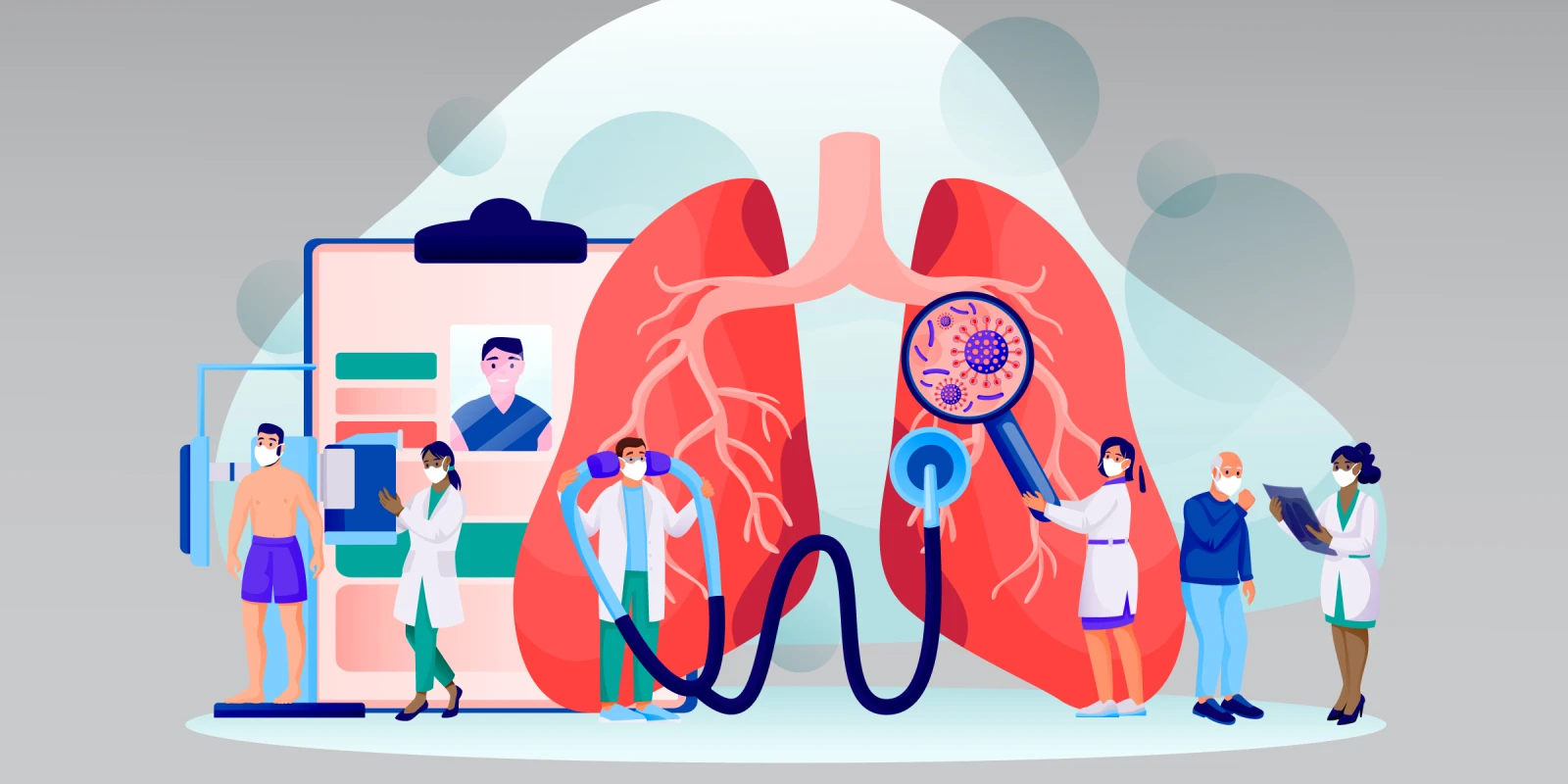The American Thoracic Society International Conference 2021 included thirty-five thematic posters, two conference scientific symposiums, and one conference mini-symposium related to Pulmonary Rehabilitation (PR).
The thematic poster sessions were separated into four categories spanning from a focus on rehabilitation in the time of COVID-19 to innovation in designs and delivery of PR, to the understanding of mechanisms and outcomes observed in PR. Finally, the last group of abstracts focused on the growing reach of PR beyond Chronic Obstructive Pulmonary Disease (COPD).
Several presented thematic posters helped bring new information regarding outcomes and delivery of PR specifically regarding COVID-19 patients and the significant impact the pandemic had on PR in general. Huang et al. evaluated the safety, feasibility, and effect of PR intervention in the treatment of patients with severe or critically severe COVID-19 pneumonia as an inpatient where they compared advanced intervention PR (14 days of PR) to conservative intervention (7 days of PR). They concluded that oxygenation index and lymphocytopenia recovered faster in the advanced intervention group. De Souza et al. evaluated low-intensity PR through video-conference in post-acute COVID-19 patients showing a statistically significant improvement in sit-to-stand test, physical activity in life, and the Borg scale fatigue sensation. Baig et al. concluded in their abstract entitled “Pulmonary Rehabilitation and Its Role in Long-Term COVID-19 Recovery” the benefits of early initiation of PR in the post-COVID-19 recovery period leading to improvement in dyspnea, anxiety, and depression scores compared to late initiation of PR. Lucey et al. in their abstract entitled “The Impact of Face to Face PR on the Recovery of Patients Who Have Been Diagnosed with Severe COVID-19 Requiring Non-Invasive and Invasive Ventilation,” reemphasized the importance of face-to-face PR as an effective treatment for patients who have been diagnosed with severe COVID-19 following resolution of their acute illness where PR has resulted in improved physical abilities and psychological wellbeing. Finally, in their abstract entitled “What Happens to Survivors of COVID-19 after Hospital Discharge? - 30-Day Functional Outcomes Among Older and Younger Adults,” Qin et al. confirmed that all adults, regardless of age, are at risk for prolonged, clinically significant functional impairment following hospitalization for COVID-19, which emphasizes again, the importance of rehabilitation post-COVID-19 hospitalization.
Nicholson et al. in their abstract “Pandemic Transition of an Established Hospital-Based Pulmonary Rehabilitation Program,” confirmed that in the COVID-19 pandemic, transforming in-person PR programs to virtual PR programs allowed continuous improvement in Six Minutes Walk Distance (6MWD), quality of life, and anxiety, allowing continuity of care despite the pandemic restrictions. Sexauer et al., in their abstract entitled “Resumption of Pulmonary Rehabilitation After Pandemic Interruption: Patient Attitudes and Characteristics,” concluded that anxiety related to possible COVID-19 exposure and/or the new requirement for mask-wearing during exercise may have contributed to patient’s decisions to discontinue PR.
Jennifer A. Alison PhD, MSc, PT, in her live talk during the scientific symposium entitled “But It’s Not All About COVID-19 Survivors: How to Deliver Pulmonary Rehabilitation in the Era of the COVID-19 Pandemic”, indicated that in the U.S., 71% of PR programs closed, 75% of program staff were impacted some way either furloughed, laid off, or had reduced hours and that 38% of programs were now offering some sort of home-based or innovative delivery of PR other than in-person face to face PR. The main concern with the return of face-to-face PR was infection control in the COVID-19 era. The PR Assembly of the American Thoracic Society had developed a guidance document that covers pre-screening and site preparation emphasizing hygiene requirements, masks, and optimal ventilation. Also, a large focus on physical distancing and hand hygiene during in-person PR sessions and after sessions. Dr. Alison defined telerehabilitation as the delivery of PR at distance using information communications technology such as telephone support, web-portal, and real-time videoconferencing. Studies comparing telerehab or web-portal to usual care or comparing it to conventional in-person PR were listed, including a Cochrane Database Systematic Review. All of the above studies showed a significant difference in performance, such as Endurance Shuttle Walk Test, 6MWD, symptoms, St. George’s Respiratory Questionnaire, Health-Related Quality of Life, Chronic Respiratory Disease Questionnaire, and levels of anxiety and depression compared to no PR. Added, no difference between telerehabilitation and conventional person center-based PR was seen with any of the above outcomes and performance measures. Finally, there was a focus on patient safety with home monitoring using a pulse oximeter, symptoms review, and Modified Borg Dyspnea scales.
In conclusion, the COVID-19 pandemic highlighted the importance of telerehabilitation as a useful tool of mostly equal value in outcomes to conventional in-person rehabilitation. It ensures continuity of care of PR for patients unable to pursue in-person rehabilitation due to the pandemic or due to geographical or personal reasons. The hope remains that the current PR rules in place during the Public Health Emergency due to COVID-19 in the U.S. through the “Hospitals Without Walls” initiative, allowing the beneficiary’s home to serve as a provider-based department of the hospital for PR services, will be extended and/or become permanent, allowing many patients to benefit from telerehabilitation in the treatment of their respiratory diseases.







